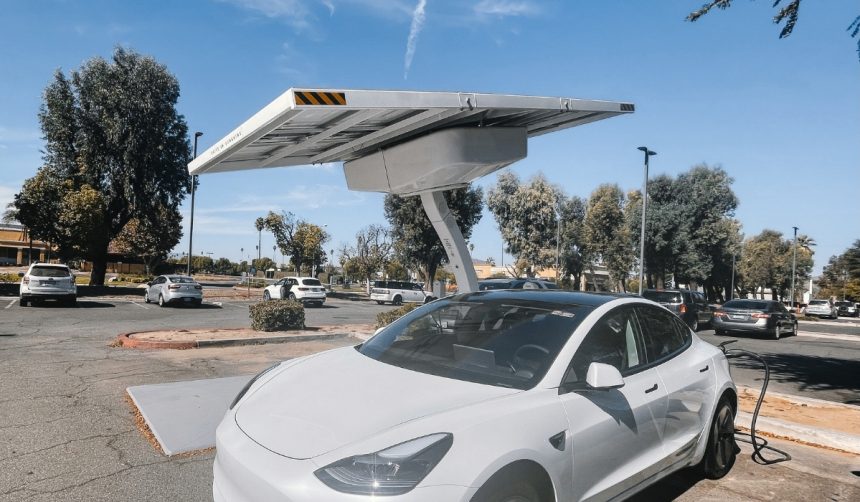Norway, recognized for its high electric vehicle adoption rates, stands at a turning point as the government signals the gradual discontinuation of key EV subsidies. This development could deeply affect Tesla, whose Model Y has maintained a top sales position in the country. As incentives have propelled EV sales to dominate over 98 percent of new car registrations, concerns rise regarding the broader impact on automakers and consumers if these benefits are withdrawn. Ongoing discussions among policymakers and the auto industry reflect both the achievements and uncertainty surrounding Norway’s green transition.
How does Norway’s move on subsidies compare to earlier trends?
Norway has long provided comprehensive perks to EV buyers, such as significant VAT exemptions, free public parking, and reduced toll fees. Previously, the country expanded tax breaks to company fleets and all-electric models under a generous price cap—measures credited with making Norway a global EV leader. In comparison, past local debates centered on adjusting, rather than ending, these perks. Now, the current policy shift represents a clear departure, aiming to curtail incentives as the market matures and the government asserts that sustainability goals have been reached.
What specific subsidy changes are projected to impact Tesla?
From 2026, Norway will limit EV tax exemptions to vehicles priced under 300,000 crowns, down from the current threshold of 500,000 crowns (approximately $49,500). This revision excludes all Tesla Model Y variants from qualifying for VAT exemptions, affecting their attractiveness to new buyers. By 2027, VAT exemptions for all electric vehicles are set to be eliminated, leaving EV purchases subject to the same taxes as petrol and diesel cars. These planned adjustments address the government’s view that the industry is now self-sustaining.
Are there concerns about the consequences for EV adoption?
Stakeholders and advocacy groups have raised apprehension about whether rolling back incentives might stall Norway’s EV momentum or prompt a shift back towards fossil-fueled vehicles. Christina Bu, the Norwegian EV Association’s chief, expressed her reservations:
“I worry that sudden and major changes will make more people choose fossil-fuel cars again, and I think everyone agrees that we don’t want to go back there.”
While the government believes the market can stand independently, questions remain about the impact on consumer behavior and overall sustainability progress. Finance Minister Jens Stoltenberg responded to these points, stating,
“We have had a goal that all new passenger cars should be electric by 2025, and… we can say that the goal has been achieved. Therefore, the time is ripe to phase out the benefits.”
Removing incentives puts Norway’s EV market at a crossroads. Tesla and other manufacturers face greater price competition as cost advantages disappear. However, the country’s extensive charging infrastructure and high public awareness around sustainability may continue to support strong EV market performance regardless of subsidy cutbacks. In similar cases elsewhere, the reduction of financial incentives initially slowed EV sales growth, but market recovery often followed as product diversity and consumer trust increased. For Norwegian consumers, staying informed about changes in tax policies and evaluating total cost of ownership will be essential when considering new vehicle purchases in this evolving landscape.
- Norway prepares to phase out EV subsidies impacting Tesla’s market position.
- The Model Y will no longer qualify for tax exemptions from 2026 onward.
- Stakeholders fear reduced incentives could slow Norway’s EV adoption rates.










